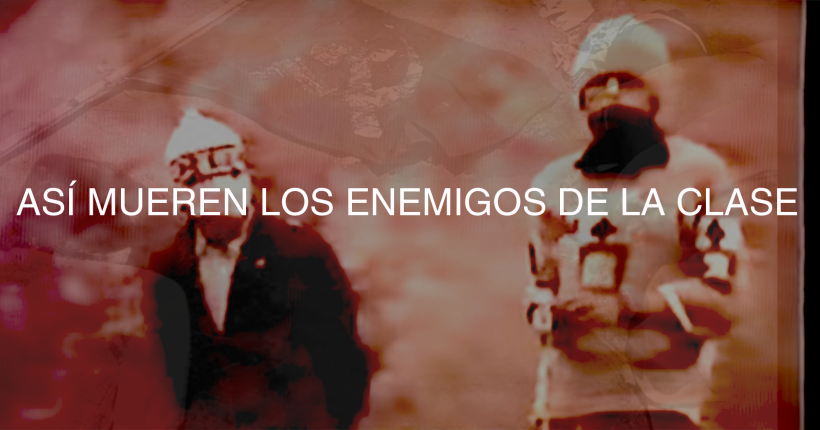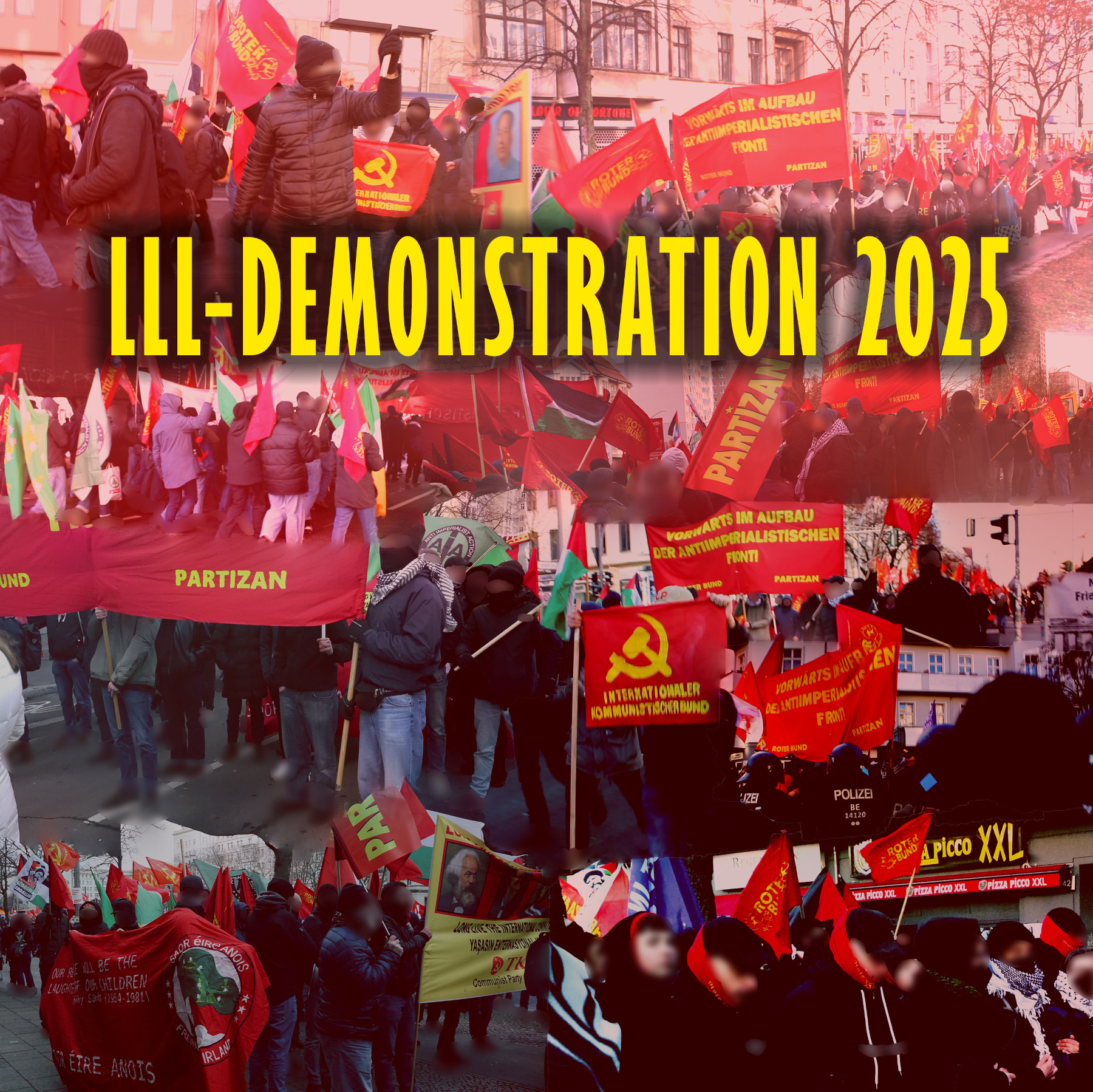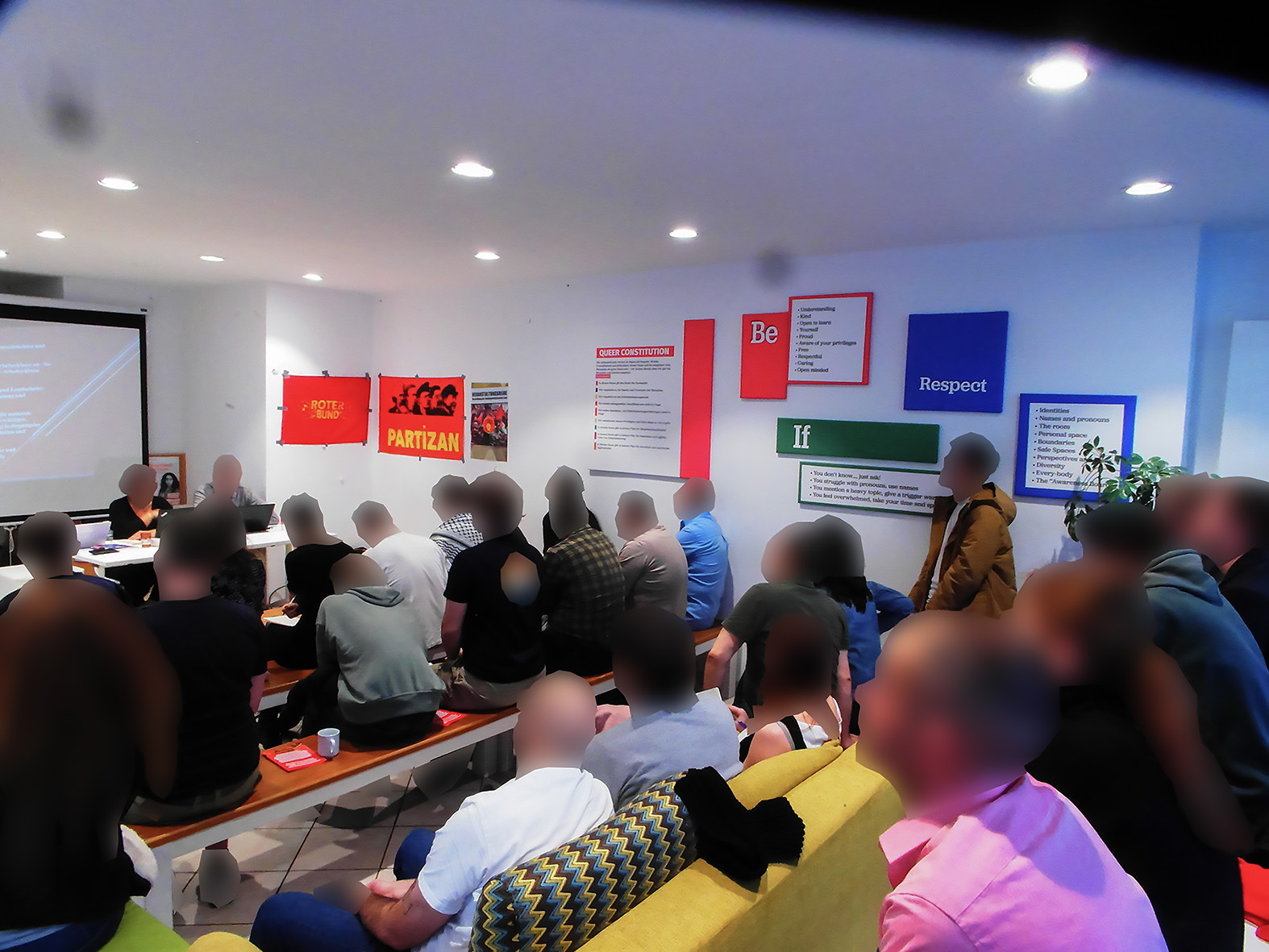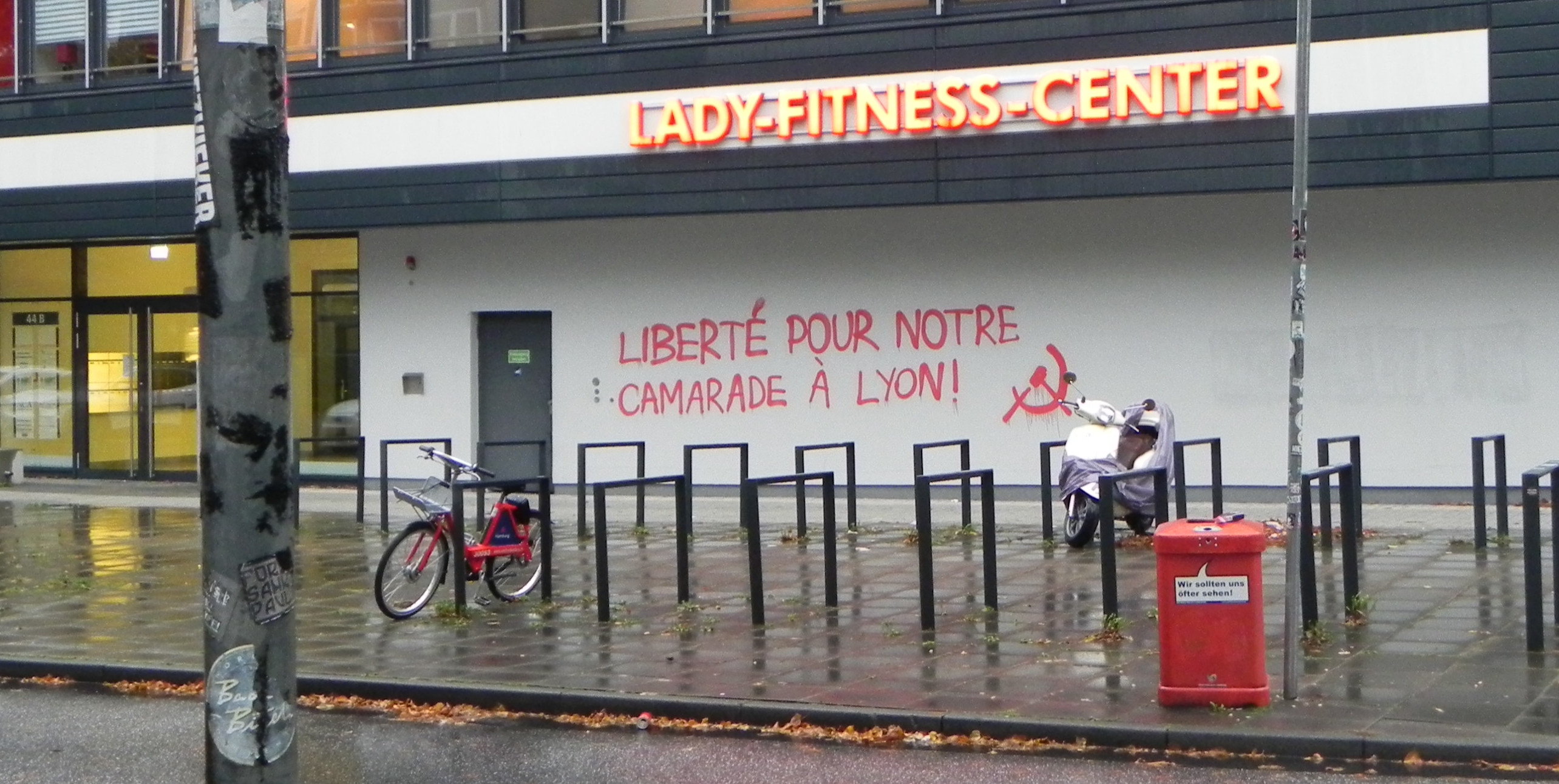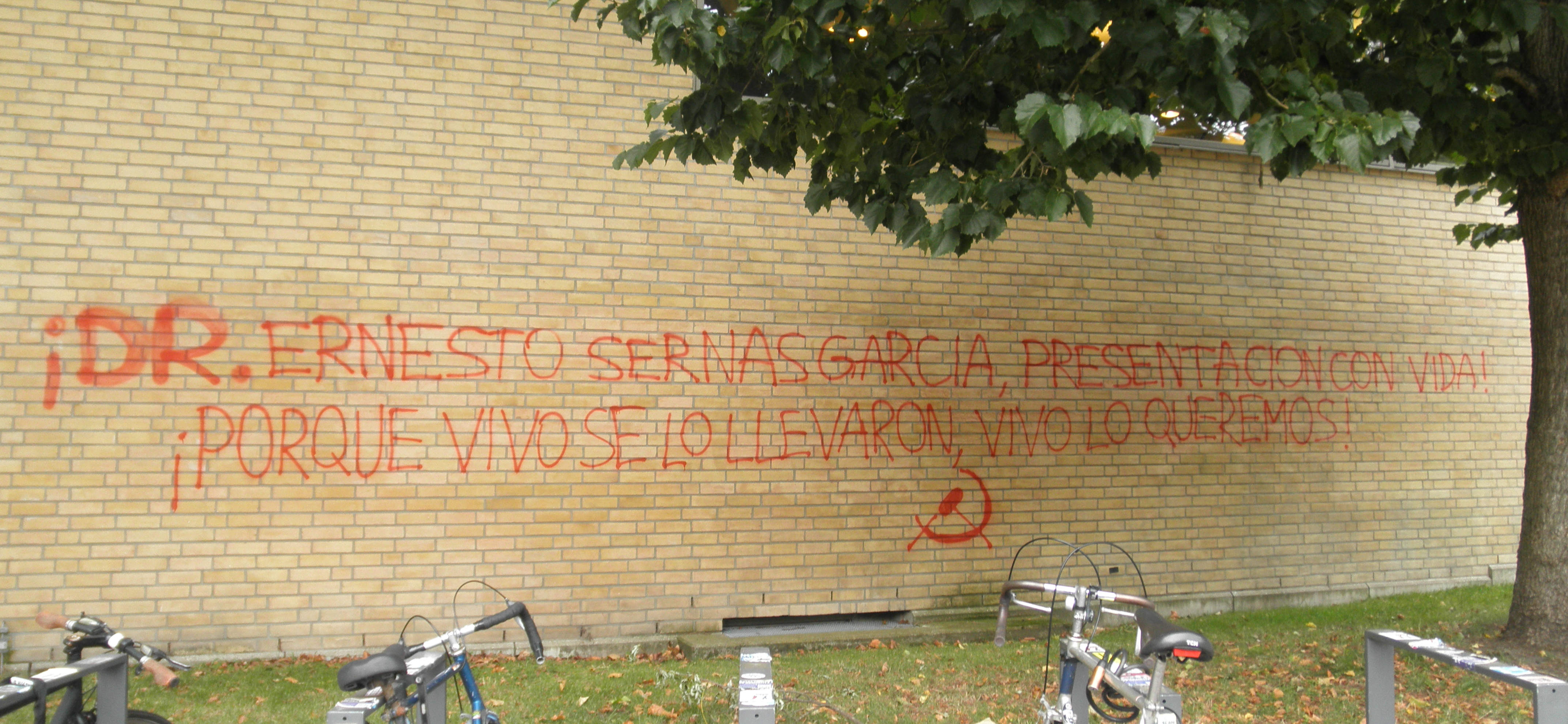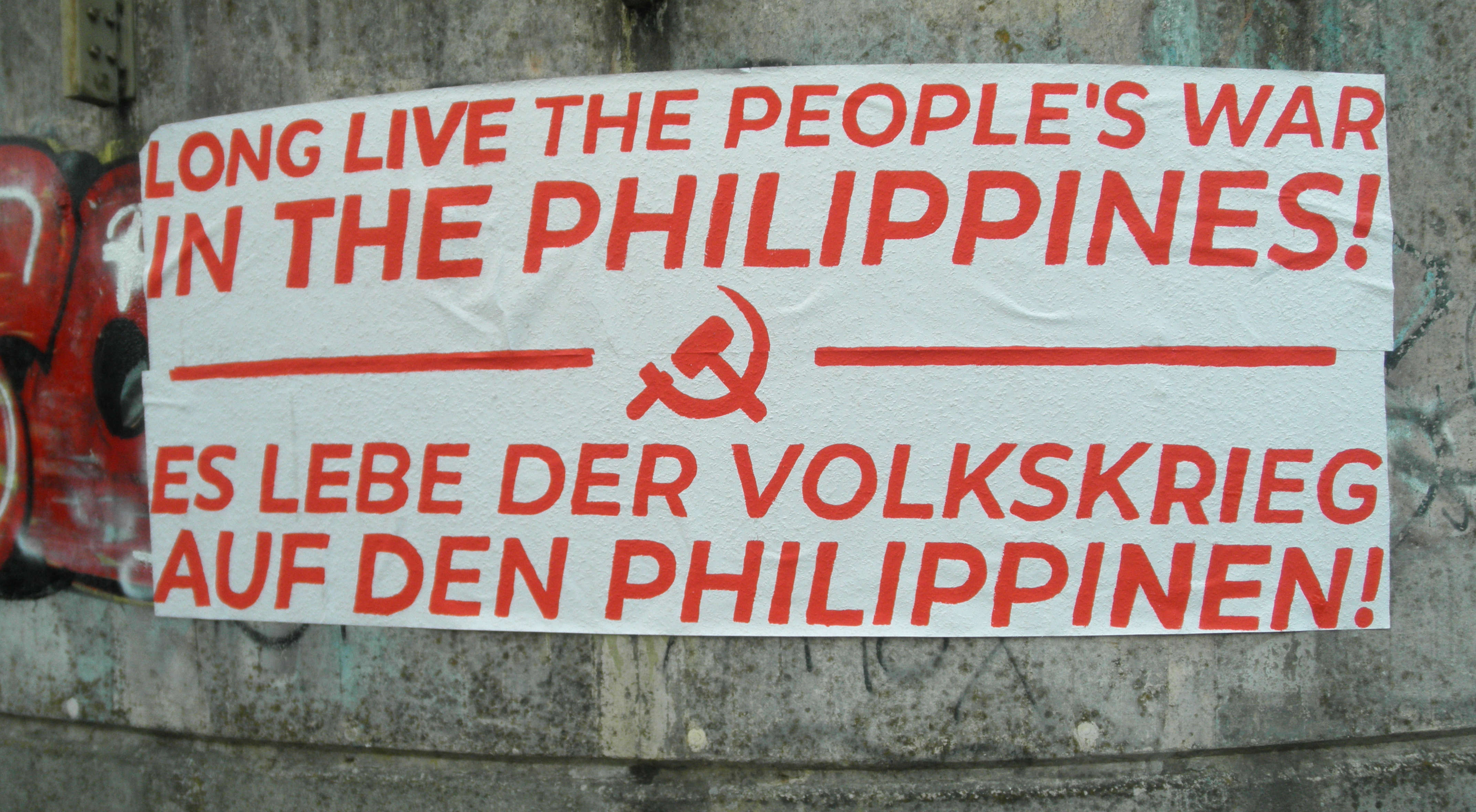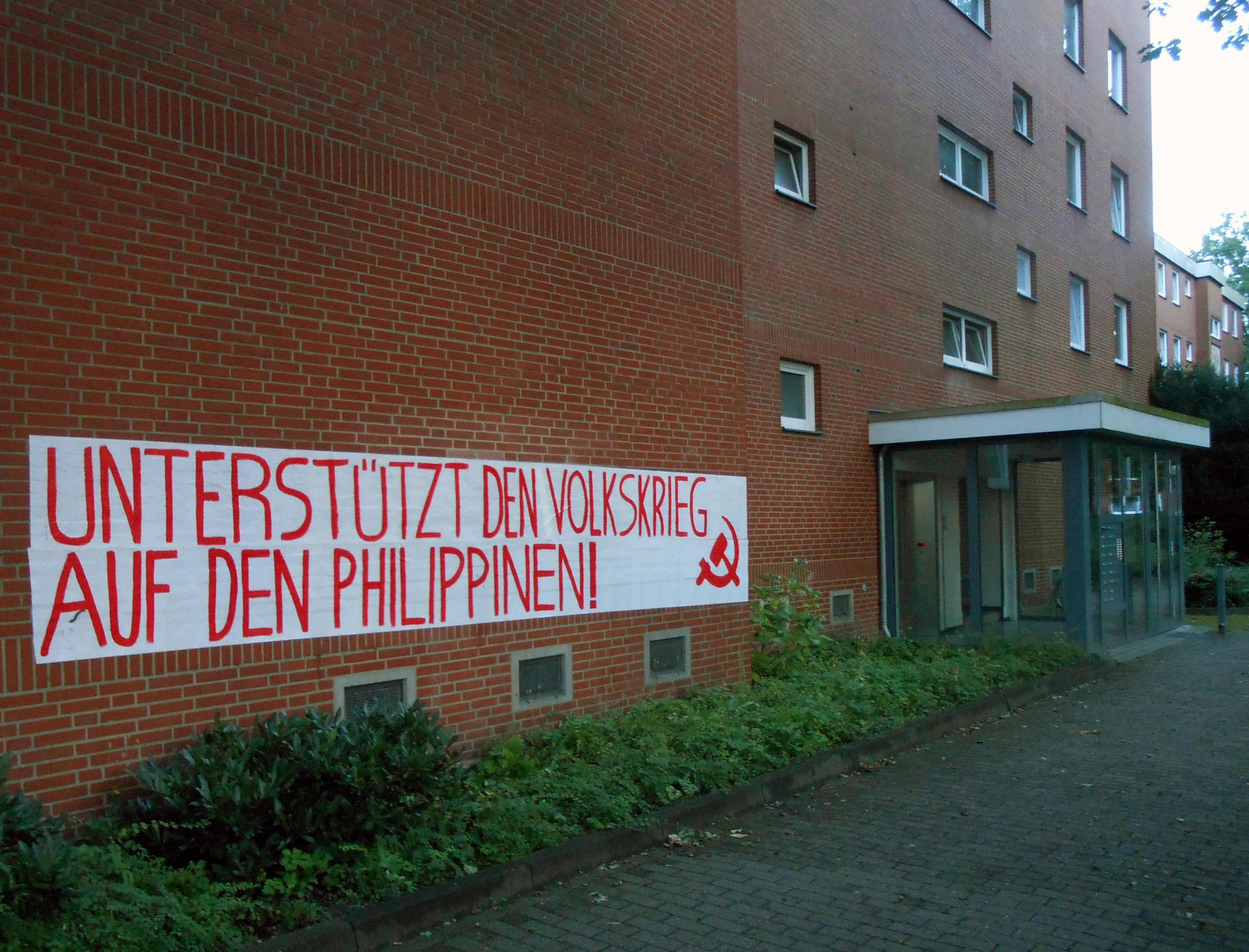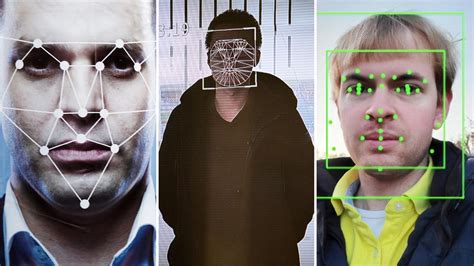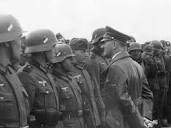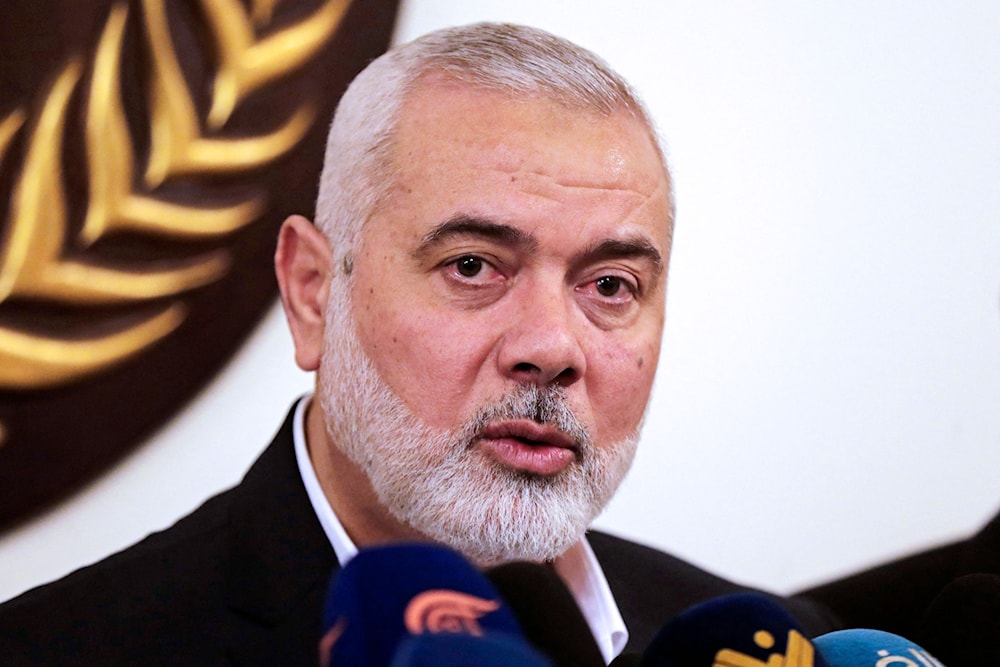On occassion of the release of the Norwegian translation of the article "Así mueren los enemigos de la clase", that was originally published in English by the comrades from Struggle Sessions on the 11th of July this year, we mirror both articles:
Así mueren los enemigos de la clase
Lucanamarca 1983 and revolutionary violence
“Even quite progressive people said, ‘Though terrible, it is inevitable in a revolution.’ In short, nobody could altogether deny the word ‘terrible.’ . . . The fact is that the great peasant masses have risen to fulfil their historic mission and that the forces of rural democracy have risen to overthrow the forces of rural feudalism. The patriarchal-feudal class of local tyrants, evil gentry and lawless landlords has formed the basis of autocratic government for thousands of years and is the cornerstone of imperialism, warlordism and corrupt officialdom.”
—Mao Zedong
“It’s fine. It is not ‘terrible’ at all. It is anything but ‘terrible.’ ‘It’s terrible!’ is obviously a theory for combating the rise of the peasants in the interests of the landlords; it is obviously a theory of the landlord class for preserving the old order of feudalism and obstructing the establishment of the new order of democracy; it is obviously a counterrevolutionary theory. No revolutionary comrade should echo this nonsense. If your revolutionary viewpoint is firmly established and if you have been to the villages and looked around, you will undoubtedly feel thrilled as never before. Countless thousands of the enslaved—the peasants—are striking down the enemies who battened on their flesh.”
—Mao Zedong
Anti-Communists persist in horror stories about revolution and socialist State projects of the past, and they do this most effectively when they themselves claim to be Communists. This method has been used over and over, but never more effectively than against the Communist Party of Peru, which was the most practically and ideologically advanced revolution in the period subsequent to capitalist restoration in China. We Communists must defend this revolution as we do the Great Proletarian Cultural Revolution even though it has not taken power yet, just as the GPCR did not prevent restoration. Both offer us a clear and indisputable way forward. Neither are to be considered principally failures but illuminating successes.
The most acute anti-Communism targeting the PCP centers on an event that took place in 1983 in the early years of the Protracted People’s War. The reactionary Peruvian State and the world bourgeois media refer to this event as the “Lucanamarca massacre.” Lucanamarca is a village in Peru where over 80 people were annihilated according to the Communist Party of Peru (69 according to the State). This has been used again and again to create anti-Communist myths about the PCP and the People’s War it led. I feel it’s important to divide this matter into two. On one hand, no one denies the Party’s involvement in this, least of all its leader, Chairman Gonzalo, who both admits the order came from the Central Committee and admits there were excesses. What we must understand in order not to parrot death tolls the way the enemy always does is the other aspect, which in this question is principal.
The attack ordered by the Central Committee of the PCP was in part retaliation for the murder of one of their cadres, Olegario Curitomay, who was beloved by the peasant masses in the area. Peasant life in the area was oppressive, and many had been disappeared, murdered or raped. Curitomay was stoned, tortured to death, disemboweled, and then put on public display. This injustice called for blood, and the masses demanded it. Lucanamarca was a reactionary stronghold; it was already developing and had already organized a strong right-wing death squad (rondero) that took the form of civilian peasant militias organized by the State. This development was in service to the social base of the landlords and the State itself, organized in fear of the spread of Communism. These death squads committed numerous atrocities against the people; they mobilized the most backward masses and the lumpenproletariat to carry out these fascist attacks like the one against Commander Curitomay. The arms given to the ronderos by the Peruvian government had been provided by both US imperialism and Soviet social-imperialism to assist the comprador bourgeoisie of Peru in suppressing revolution.
In response the PCP sent a firm and clear message that this was a different type of war, a People’s War, unlike any of the many violent struggles in Peruvian history. While bourgeois minds panic at death tolls Communists see things as they exist in the context of their time. This warning did not fall on deaf ears. To understand the given context you must understand the way the People’s Guerrilla Army (EGP) was organized. While the Central Committee issued orders, operations on the ground were decentralized. The EGP operated in two main ways:
The first way was through the EGP itself, which had armed troops who were assigned guns captured from the enemy. But they composed a relatively small number of mobile bands that operated regionally, sometimes as small as 3 to 6 in a guerrilla military unit. They would move about an area of several villages, carrying out mobile attacks in the hit-and-run sequences of strategic defensive. Keep in mind that this was early still in the People’s War, which had only begun in 1980 by unarmed cadres and soldiers snatching weapons off the police and raiding small arm storage sites. In 1983 the Peruvian State was just beginning to realize the might and effectiveness of the PCP, its army, and its New State/Front.
The second way the guerrillas operated was through peasant militias, who were not armed with captured weapons (still in short supply at this point) but with farming tools, dynamite, and other lethal but non-firearm weapons. These forces were numerically much larger than the EGP proper, and their members were recruited up into the EGP. These were not trained soldiers but the peasant masses themselves, composed of the poorest indigenous Andean masses. These were the forces that carried out the operation in Lucanamarca. The PCP was not abandoning the mass line but carrying it out with the direct involvement of the peasant masses.
The masses can be like a tidal wave, and the order from the Central Committee ruptured the dam, liberating the righteous creative wrath of the masses. It is incorrect to suggest to anyone, least of all the tidal wave, that it should just return to the ocean and be still. We must understand the anger of the people, the pain they feel when their beloved community leaders who are of their own blood are treated with State terror and execution. When the masses go “too far” the revisionists will always say “it’s terrible” and revolutionaries must always say “it is fine.” This was expressed by Mao in his reports on the peasant movement in Hunan during the People’s War that he led.
The PCP understood the dialectical relationship between Communists and the masses this way:
“There can be no leaders who are deaf to the clamor of the masses, blind to their strength, harsh or indifferent. This is unacceptable. Nevertheless, what have we seen? Blind, harsh, indifferent and deaf leaders; are they losing their status as Communists? The souls of Communists should tremble like the souls of the masses tremble, should become happy with what brings them joy, be hurt by what hurts them, become impassioned by what impassions them, uplifted by what uplifts the masses. If not, the militant’s character becomes a mere formality, an insignia, a rubber stamp, a kind of etiquette.”
The events at Lucanamarca were not a question of the masses striking at the wrong time, and the Party standing beside them, but of the Party mobilizing the masses fully to carry out a devastating blow against reaction, one that will never be forgotten. There are of course those people who with a rubber stamp actually switch up who the masses were. They frame the annihilation of a reactionary village as “killing the masses,” and of course they are quite happy to ignore the fact that the masses also participated in the annihilation, supported the Party directive to carry it out, and populated the militias and the EGP. By confusing who the masses are, they confuse revolutionary violence for reactionary violence.
Such revisionists, since they have not expelled their bourgeois mindset and bourgeois class stand, are still prone to getting weepy at the death tolls thrown about by “senderologists,” bourgeois academics, and even sources that are in the direct employment of the Truth and Reconciliation Commission, a State plot most comparable to our COINTELPRO in the US. They study sources like Ivan Degregori, who was one of the top leaders of Truth and Reconciliation. He shared positions in Truth and Reconciliation with reactionary Peruvian Army generals like Luis Arias Graziani, ex-congress members like Beatriz Alva Hart and Rolando Ames, several catholic priests and bishops, and a conservative Protestant church leader, Lay Sun. This assortment of reactionaries were all partisan in the counterinsurgency against the revolution in service of the State, composed of Fujimori endorsers and people who supported Alan Garcia. Degregori, for his part, as an anthropologist, lends academic legitimacy to what amounts to a well-oiled anti-Communist slander campaign. In his book How Difficult It Is to Be God he presents the idea that the PCP, due to its activity in Lucanamarca in 1983, somehow alienated its peasant base with anti-people activity and was forced (almost a decade later) to run away from the countryside and into the city. No matter how false this is there are still conservatives hiding under the banner of Maoism in the US who will flock like moths to a flame to such reports. They can now fake a moral position to oppose Maoism while claiming to be Maoists themselves. The idea of Degregori being an objective analysist is outright hysterical. No amount of citations or academic laurels can erase his class interest and his role in the Truth and Reconciliation Commission. Even other bourgeois senderologists like Simon Strong, David Scott Palmer, et al. contradict this thesis and highlight the overwhelming evidence that the PCP only increased its popular support throughout the whole 80s and early 90s. Reading US military intelligence reports confirms this as well, as they feared a PCP victory and the collapse of the Peruvian State. As the PCP always insisted, the People’s War in semifeudal countries advances from the countryside to surround the city. The advance upon Lima was not strategic retreat but a response to both subjective factors and objective conditions.
These liberal humanists will decry the violence of 1983 and in doing this they decry the PPW in Peru and denounce its leader, Chairman Gonzalo. They insist with no regard to historical materialism or the most accessible facts that this “massacre” alienated the peasant base and actually bolstered the number of death squad recruits, harming the revolution itself. This is nothing but a fabrication. The masses themselves understood this action, supported it, and themselves carried it out at the behest of the Party. This was not the activity of “outside agitators,” shadowy Party agents from alien backgrounds. Much as with the rationale used by other liberals to dismiss the most rebellious activity of the US masses, the liberal mind makes fairytales and conjures ghosts. The Party is, in the liberal mind only, understood as divorced fully from the revolutionary masses, carrying out massacres nearly unprovoked based solely on a metaphysical bloodlust.
Let’s look then at the facts: The People’s War in Peru only grew stronger from 1983 into the 90s. When they began advancing upon Lima and other major cities, the peasant militia and people’s committees grew year by year, and with them grew the EGP and the PCP itself. The revolution spread like wildfire, from the Andes to the jungles and into the slums of Lima, which began choking the city from the countryside. The prisons were organized, and whole areas stopped using Peruvian State currency and began using the currency of the PCP. Such places were the most developed and advanced base areas of modern times and far exceeded any current example. The New State was already functioning throughout large areas of the country.
As mentioned, military reports from the US government nervously anticipated the collapse of the Peruvian State, whose infrastructure had been consciously chipped away by the PCP and its mass base. The People’s War bloomed, and this is impossible without broad mass support. The mass support was undeniable. An incident in 1983 did not and could not have cost them their mass base; this opportunist reading of history is basically illiterate in the theoretical and ideological sense. Revisionists and opportunists have always relied on historical revisionism (the revision of the historical record) to try to alter an understanding of the past, against historical materialism. Ideologically weak and underdeveloped comrades might at times be tempted to swallow such anti-Communist hogwash, but by embracing historical materialism one can see how their growth took place and their mass base developed and grew within the PPW. The People’s Army carried out the majority of the mass work that was responsible for carrying out the mass line and winning over the majority of the Peruvian masses in the countryside and the slums. The whole world shook with the movements in Peru, and revolutionary Communism was once again back on the agenda.
“‘Damn the words of traitors’; everything was won through revolutionary violence.”
—Chairman Gonzalo
We must contend now with the question of violence from the Marxist perspective, which is divided into two main categories: revolutionary violence and reactionary violence. We had better learn the difference. One of the sharpest knives at the liberal butcher shop that is aimed at slaughtering and dismembering revolutions is the conflating of these two distinct types of violence—combining two into one. Hence they take part in reactionary and, most often, State-sanctioned violence.
State violence in this case is the arming of the ronderos, and the preparation of counterinsurgency on the village level, through the old ideological organs of colonialism, mainly the church. Reactionary violence was the stoning, dismemberment, and public display of the body of a beloved revolutionary and commander in the PCP. Reactionary violence is the historical revisionism of both the liberal critics squirming at a body count and the ideological counterinsurgency maneuvers of the Truth and Reconciliation Committee. Anti-Communism is reactionary violence.
There are those critics who of course always seek to pardon the white terror of a fascist State by suggesting that it was the revolution that provoked reaction. This argument pardons the State of its wrongdoings. It pardons the most backward of Peruvian society, who willingly joined the death squads. This is a major line of argument by the Truth and Reconciliation Commission against the People’s War. They play on liberal false equivalence and liberal sentimentality. They only reluctantly and in hindsight blame Fujimori (in part) for his bloodlust, all while being of the same fabric as those who pardoned him legally while Comrade Gonzalo remains perhaps the most closely guarded political prisoner on earth.
So then we must come to understand revolutionary violence as the dialectical opposite of reactionary violence. Violence is anything but neutral. Revolutionary violence, which is always justified, is when the masses get so fed up with torture, exploitation, murder, and rape at the hands of the ronderos and the Party calls upon them like a mighty storm. No one, least of all the PCP, can deny the great and fearless masses their revenge. Those who are repressed by the constant threat of reactionary violence respond to the will of such a Party, and their rising cannot be struck down. For the PCP to denounce the annihilation of class enemies would be to betray their own people, their own cause—that is, the cause of the international proletariat. Lucanamarca, while being far from the standard of revolutionary violence, was nonetheless necessary. It was necessary to make it clear that this revolution was unlike any other that had ever shaken Peruvian society. Furthermore it accomplished its objective and decreased interest in joining death squads. Those who fake concern for the more than 80 annihilated by revolutionary forces do so only opportunistically, from a position of safety, where the white terror has not mutilated and maimed them; to them it is most certainly “terrible” and “going too far.” For revolutionaries deeply in tune with the masses we can say “it’s fine.” We can understand that pain in the faces of the Black youth in the US, who are boiling over for revenge, and it is up to us to give them the type of Party that can make the call to action—their revenge will at times also contain excesses, and revolutionaries will support them, for we aim to make a revolution unlike any other.
There will always be bourgeois attacks on revolution that position themselves on the “left.” It is necessary for the bourgeoisie to fake this position to safeguard against any potential strengthening of revolutionary sentiment among the people. The Peruvian State learned its lesson when they attempted to humiliate Comrade Gonzalo by placing him in his prisoner’s uniform, in a cage like an animal on national television. Their aim was to destroy the myth of the man and humiliate him. It backfired and he was only humanized. They would not make this mistake again, and through forming the Truth and Reconciliation Commission they attempt to monsterize the revolution from a phony position of “human rights,” all while siding with State abuses, abuses that are far more monstrous than the average imagination can conceive of.
The core of this article was laid out a long time ago, and many of the targeted audience have since rectified their view regarding the Peruvian People’s War, but the lies of the senderologists and Truth and Reconciliation Commission are persistent gnawing parasites, always looking to fling mud at what was the most important revolution to take place since the Great Proletarian Cultural Revolution. Ironically, many of the attacks use the same old gambit: cite the excesses while blowing them out of proportion and frame them as par for the course for the revolution, all while comfortably keeping the terror of the bourgeoisie in a blind spot.
Today it is more important than ever to defend the People’s War in Peru, to defend not only its legacy but its continuation. The great setbacks suffered with the arrest of Comrade Gonzalo and the decrease in military activity in 1999 are but bends in the road. Attacked on all sides, the PCP persists in reconstituting itself once more. People’s War is ongoing, and at no time has the Peruvian proletariat been without its vanguard. It is ever pressing to preserve its legacy and to uphold it. While many have fallen off, revolutionaries persist. As historical materialists we can understand that no revolution has taken place without these bends in the road: the October Revolution had many such setbacks, and many of the initial armed struggles in China were defeated, only for the revolutionaries to persist until victory and once again face setback. What we cannot do is give into our cynicism and be short-sighted. Otherwise we forget the very basis of our history.
